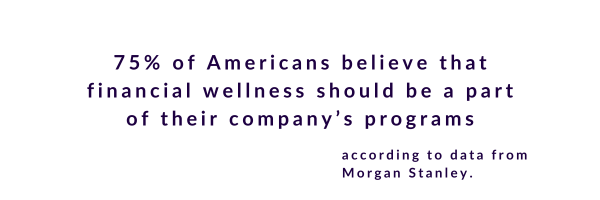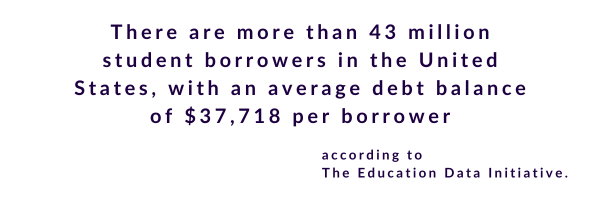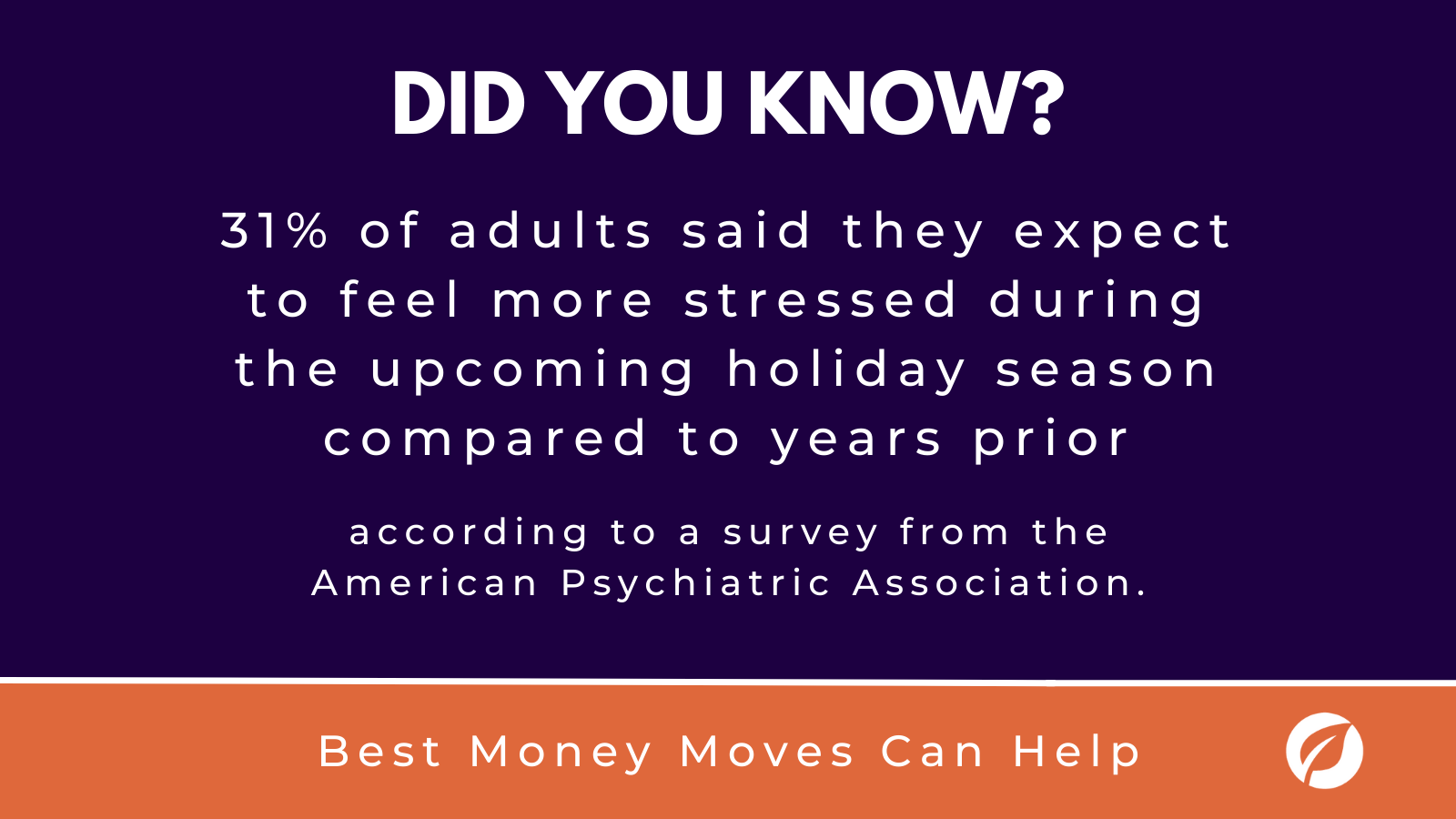How small businesses can develop a financial wellness strategy. Learn more about how small businesses can embrace financial wellness to increase employee well-being.
A comprehensive benefits package is one of the best strategies small businesses can use to retain employees and attract top talent. When salaries are comparable, the decision to take an offer often comes down to the level and quality of an employer’s benefits program.
In fact, according to a survey conducted by ConsumerAffairs, 42% of employees stated they would likely leave their jobs for another position with better benefits.

Why are employee benefits important to small businesses?
Employee benefits are forms of compensation outside of a traditional salary or wage. Small businesses often include a suite of benefits when advertising a job offer to stand out among larger competitors in their industry.
Some benefits, such as health insurance, workers’ comp and social security are required by law. These are known as statutory benefits and serve to protect employees from struggling with money directly after leaving a job or provide coverage if there is a workplace accident or illness.
However, benefits also serve as a method for small businesses to satisfy employees. To retain employees in full-time positions, a quality benefits strategy is vital. Small businesses are often competing with the tools and resources of larger organizations and may struggle to find ways to stand out when looking for top talent.
According to a Pew Research Center study, in 2021, 43% of workers who quit their jobs left due to lack of benefits flexibility, including poor health insurance and mediocre paid time off. Although statutory benefits are necessary to support a workforce, auxiliary opportunities are usually the backbone of a comprehensive benefits program, especially for small businesses.
Why should your small business offer financial wellness as a benefit?
When considering the costs of statutory benefits, including a financial wellness component may seem unnecessary, especially for small businesses. However, according to Morgan Stanley, 75% of Americans believe that financial wellness should be a part of their company’s programs.
It’s also important to note that workers are struggling with their finances at an alarming rate. According to a Bankrate survey, 52% of U.S. adults said their financial issues harmed their mental health, which included an increase in stress. These mental declines impact employees at the office, leading to lower productivity and increased rates of absenteeism.
Data also suggest a disturbing trend toward the lack of financial resources for employees. And problems with financial wellness can span far beyond an employee’s life at home. According to data collected by management software engineer TeamStage, employees who experience severe financial stress levels lose between 29 and 39 workdays every year to attend to concerns.
At small businesses, financial wellness benefits are the key to solving your workers’ most pressing issues. These programs usually include a host of resources and tools that help employees manage their finances and provide an easy outlet to address the most common money concerns.
The bottom line is that financial wellness benefits can have a positive impact on engagement at work, improve your company’s brand among prospective employees and save your small business money in the long run.
How small businesses can develop a financial wellness strategy
If you have a small business, considering the financial well-being of your employees is one of the best ways to support and grow your workforce. With a small business, you can tailor benefits to fit your company’s culture and address your employees’ needs.
Here are some tips for supporting your team’s financial well-being.
1. Ask your employees what financial wellness benefits are right for them. A smaller team can help you get individual responses and create a more personalized benefits solution. Ask employees how they feel about their financial wellness and if extra resources would be beneficial. Compared to large corporations, small businesses can be much more in tune with their workers’ needs, so take advantage of that when considering what benefits to offer.
2. Promote a financial wellness initiative. Including a comprehensive financial wellness program into your business can help employees get back to setting and achieving their most important financial goals. Financial wellness can take many forms, but you might consider basic financial literacy courses, budgeting classes, retirement planning, and the tools a benefits solution might offer. At a small business, it can be easier to create tailored offerings based on the demographics of your company.
3. Regularly assess the effectiveness of your benefits strategy. Simply offering the benefit to your employees is only the first step. For your employees to get the full freight of the benefits you offer, make sure to consistently ask for feedback to facilitate the right changes. From there, you can make the adjustments that will help your workforce the most.
Ready to embrace financial wellness for your small business?
Best Money Moves is an interactive financial wellness benefit that helps employees make smarter choices about their money.
Whether employees are building their first budget, paying down debt, working toward homeownership or planning for retirement – Best Money Moves has the tools they need to turn financial goals into reality.
Best Money Moves users gain access to a suite of debt trackers, budgeting calculators and a library of 900+ articles, videos and webinars. Our tools empower employees with actionable solutions to real-world problems. Best Money Moves users also receive exclusive member deals from our library of trusted benefits partners, including discounts on insurance, college planning prescription medications and so much more.
Schedule a call with a member of our team to learn more about Best Money Moves. Contact us and we’ll reach out to you soon.





 1. Financial stress from employee student debt negatively impacts employee mental health.
1. Financial stress from employee student debt negatively impacts employee mental health.


